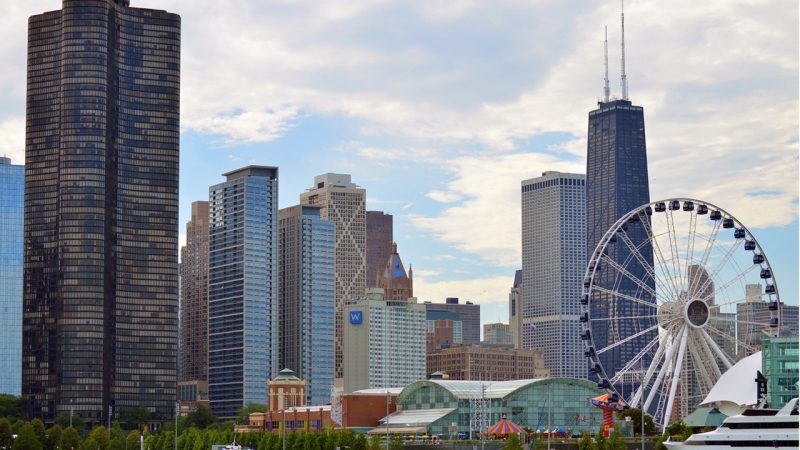Urban and Regional Planner
What Does An Urban and Regional Planner Do?
Urban and regional planners study the use of land in an area and develop corresponding land use plans. They may review plans submitted by developers, assess the feasibility of these proposals, and make recommendations about whether or not developers can proceed. They stay up to date on local building codes and legislation.
How Do I Become An Urban and Regional Planner?
A master’s degree in urban and regional planning or a related field may be required for this position. A master’s degree typically takes about two-three years to earn after earning a four-year bachelor’s degree. Students who enter a planning program may earn a four-year bachelor’s degrees in geography, economics, architecture, engineering, or another related field.
What is the Average Salary For An Urban and Regional Planner?
High – 112,000
Median – 76,000
Low – 47,000
What Courses Should I Take To Become An Urban and Regional Planner?
- Science – As much as possible, including Psychology!
- Math – As much as possible!
- English – As much as possible!
- Communication
- Economics
- Environmental Science
- 3D Design & Printing
What Is The Work Environment For An Urban and Regional Planner?
Planners typically work for the government, but some may work for architectural or engineering firms. They work in offices, but spend some time outdoors inspecting land conditions.
What Is The Future Outlook For An Urban and Regional Planner?
The job outlook for this position looks good over the next 10 years, keeping in mind that geographical differences may exist. Population growth, economic conditions, and environmental concerns will drive employment growth for planners.
References
- Bureau of Labor Statistics, U.S. Department of Labor, Occupational Outlook Handbook
- Explore Careers, Labour Market Information, Government of Canada


